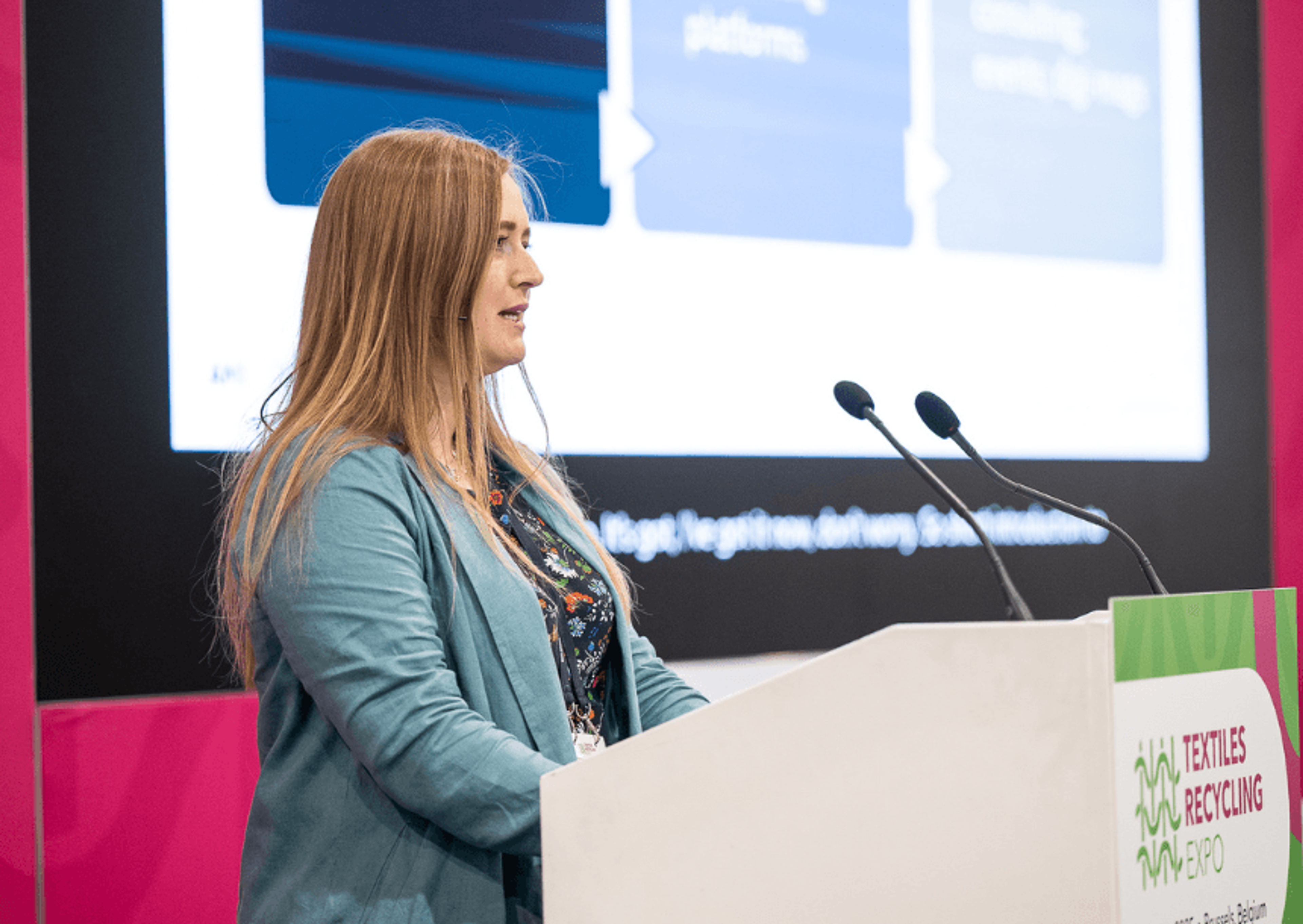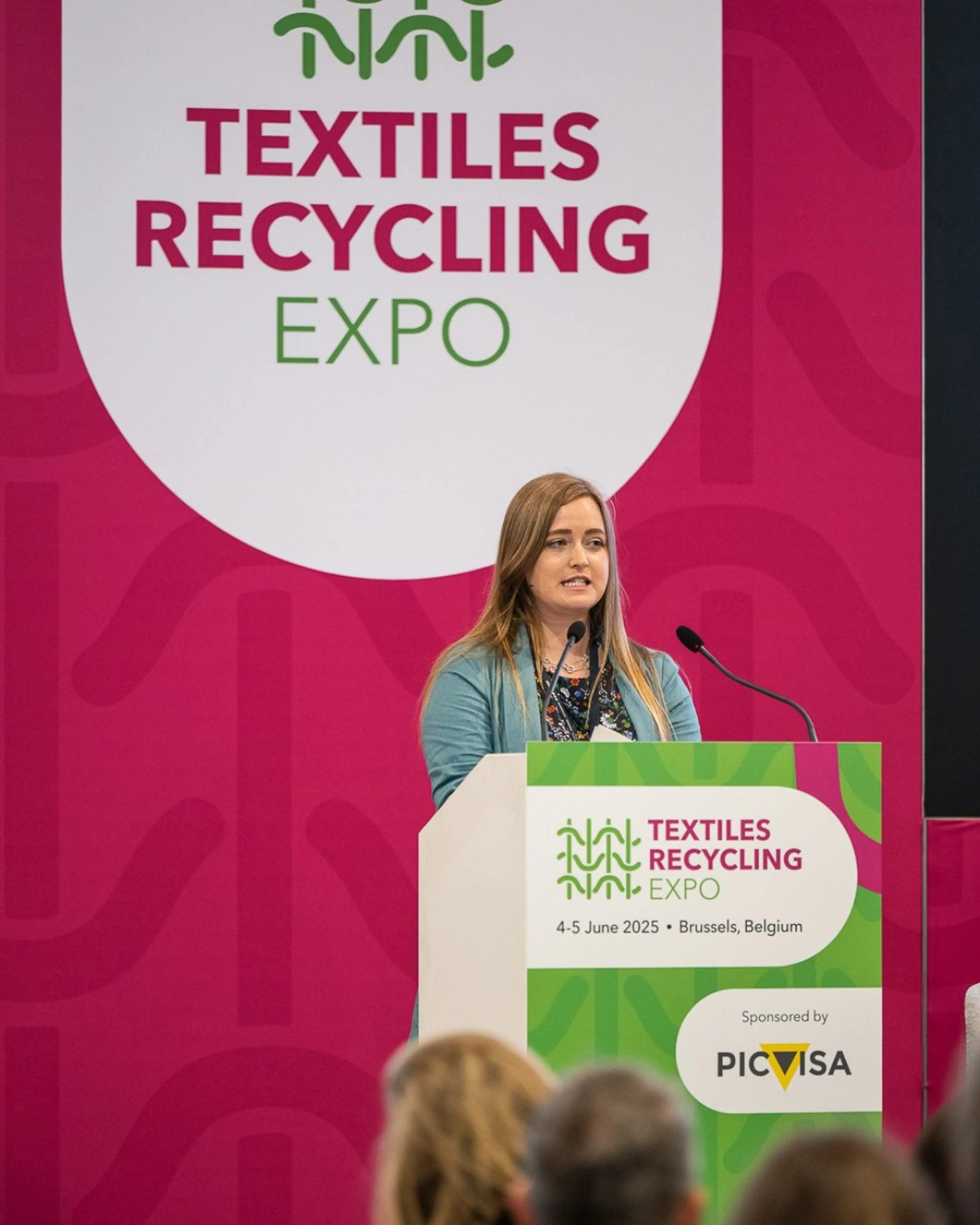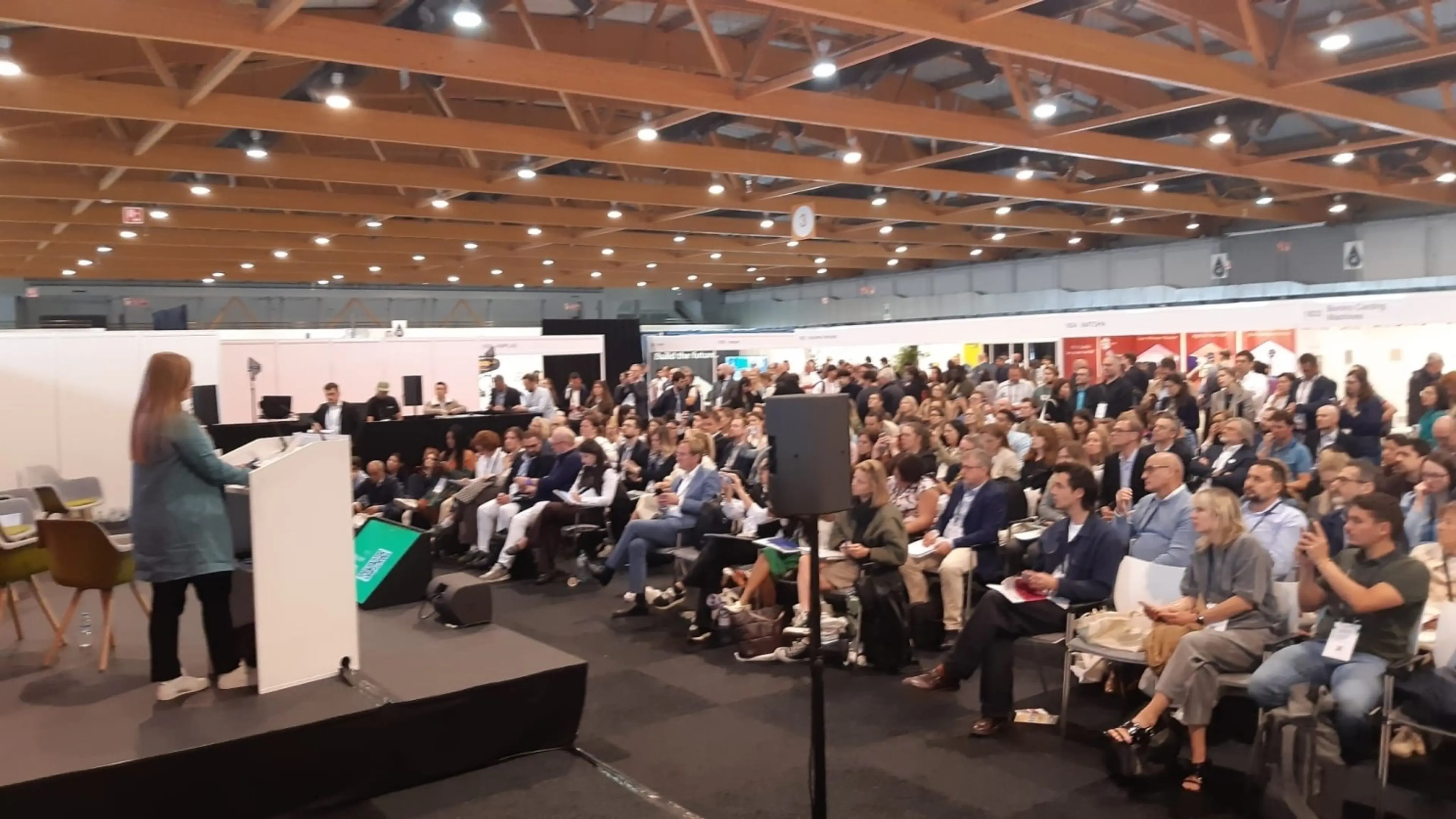Textiles Recycling Expo 2025: The recipe for success is ready, but do the brands have the appetite?
10 June 2025



Last week I had the pleasure to attend the inaugural Textiles Recycling Expo in Brussels, Belgium, which hosted over 3,000 attendees from across the supply chain for discussions on innovation, technology, legislation, scaling and much more.
In my presentation I highlighted the potential of chemical recycling technologies to provide a textile to textile solution scalable, and in some cases, operating commercially already. Our site-by-site analysis showed the majority of operational or planned facilities in Europe for PET and PA recycling can take textiles as an input feedstock. However, challenges still remain (of course!)
Please get in touch for more information on our most recent report “Textiles Chemical Recycling, Global Status” and what data we can offer in this space.
My learnings from the event:
Textiles are much more difficult to recycle than plastics, but there are certainly lessons the industry can learn from where plastics recycling was a decade or so ago
Policy is coming (in Europe at least) including EPR and mandatory collection, but does not include recycled content requirements. There is much further to go with legislation and pressure on governments is expected!
Capacity currently is small, and will need to grow greatly to manage textile waste and ensure it is not exported to countries with less effective waste management systems.
Collaboration is key, and this industry seems to be doing a good job at that. There are a great many people passionate about recycling textiles (I met several of them!) and enthusiasm is high.
As with many other developing industries, funding and investment is essential to development.
The live tech demonstrations showcased how identification and sorting can be enacted in reality.
And finally, the event was attended by a large number of brand representatives, from Ikea to Primark, Tommy Hilfiger, Burberry and many more.
As a relative outsider to this industry, (overlapping on the plastic component of textiles, about 67% of what is produced) I was amazed with the passion and enthusiasm of the attendees, the interest in the topic and desire to develop solutions for an industry that has so far been extremely linear and wasteful.
We appear to be at a tipping point, where conversation can be made into action. However, over the two days it became clear from speaking to exhibitors and attendees that it will be the brands that are required to drive the industry to stimulate demand for recycled content in new textiles. Without their active input, investment and technical understanding, the circle cannot be closed for textiles. And with no legislative drivers, which brands are committed to definitive action remains to be seen.
Overall what I saw were the best ingredients for a recipe for success, but the key question is if the brands really have the appetite.
I look forward to more discussions and hearing what developments have been made next year both in Europe and across the pond:
Textiles Recycling Expo USA, 29-30 April, Charlotte, NC
Textiles Recycling Expo, 24-25 June, Brussels, Belgium